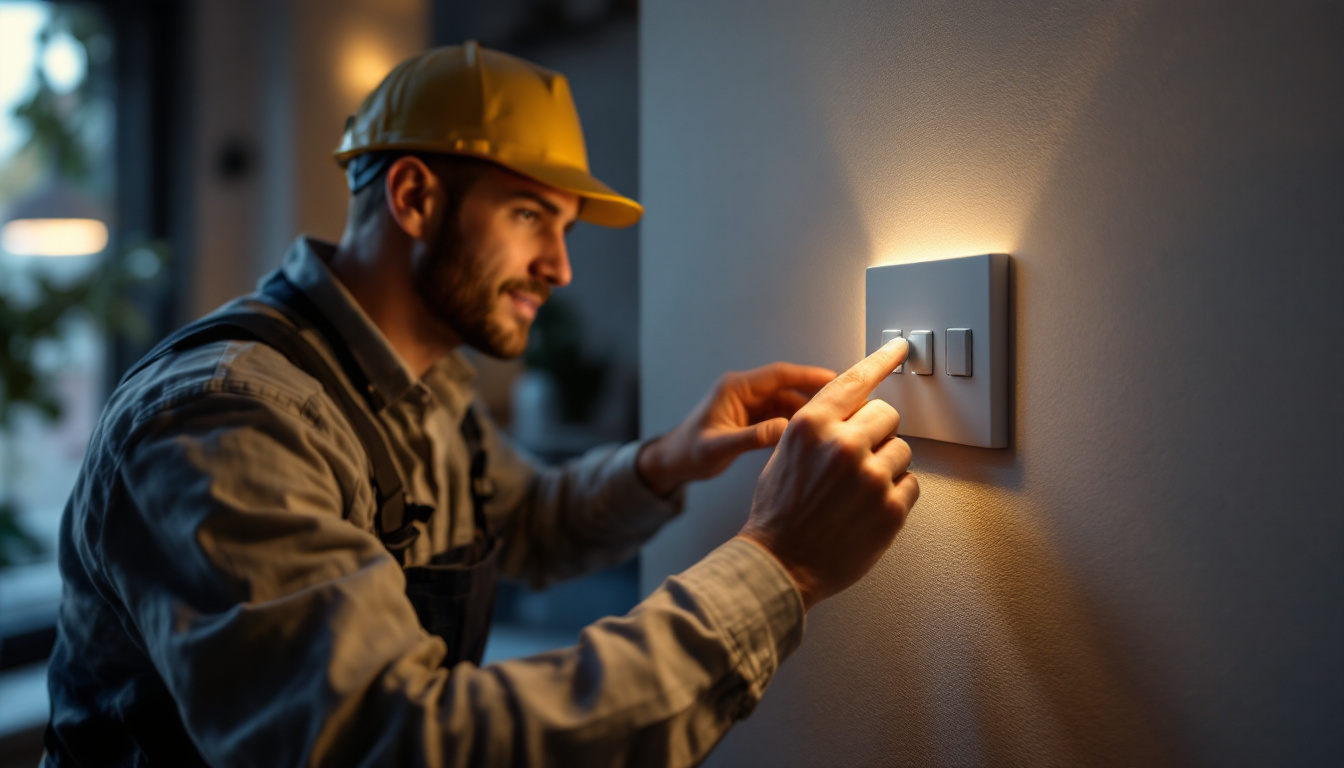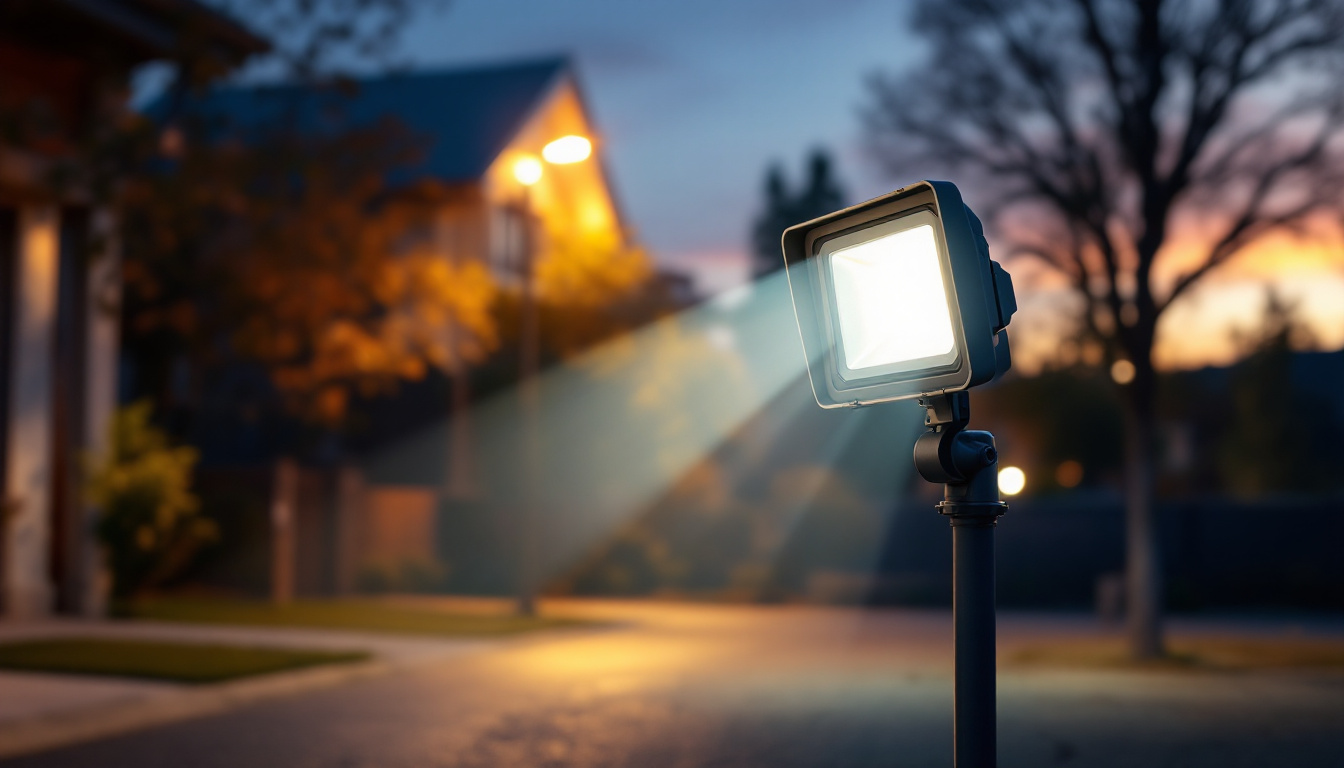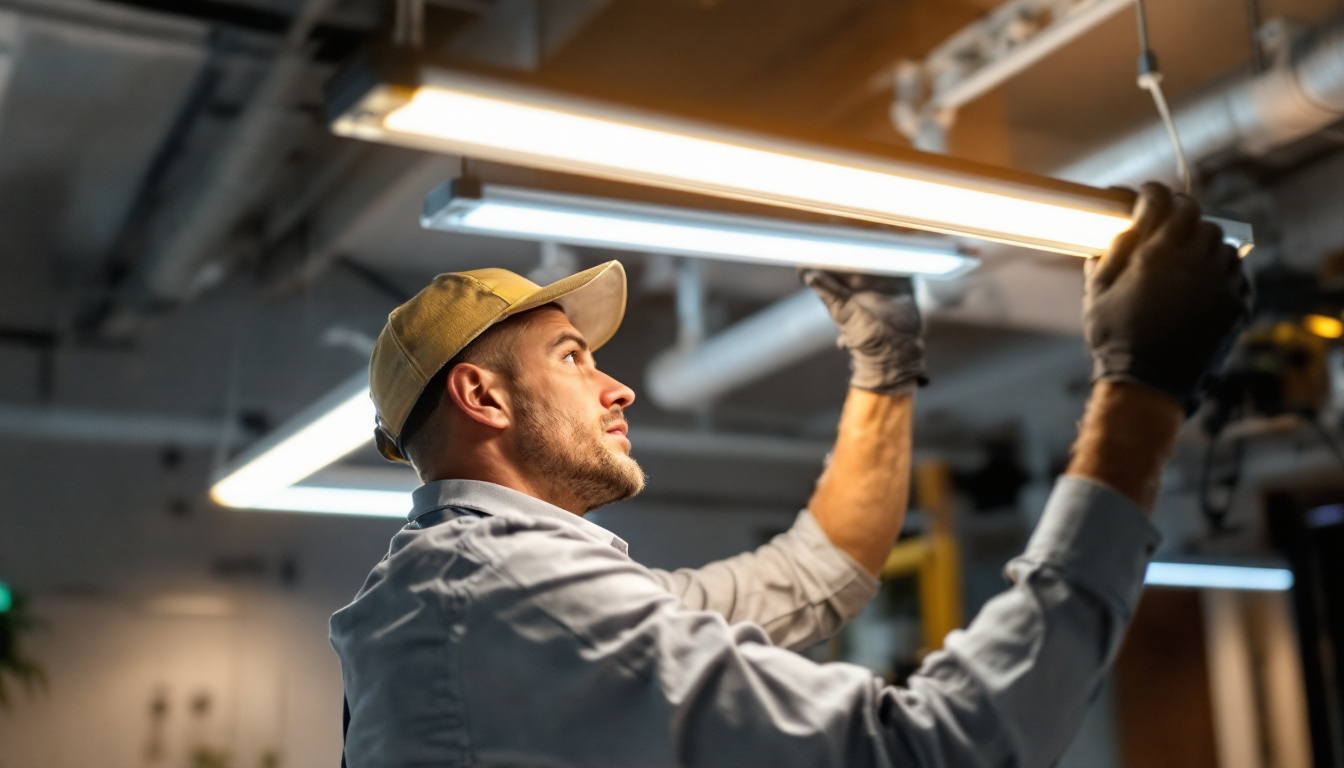
As the lighting industry continues to evolve, the shift from traditional lighting systems to LED technology is becoming increasingly prevalent. For lighting contractors, understanding the nuances of changing ballast to LED is essential for providing clients with efficient, sustainable, and cost-effective lighting solutions. This article delves into best practices that contractors should follow when making this transition.
LED (Light Emitting Diode) technology has revolutionized the way we think about lighting. Unlike traditional incandescent or fluorescent lights, LEDs are more energy-efficient, have a longer lifespan, and offer better light quality. However, the transition from older systems often involves replacing or bypassing existing ballasts, which can be a complex process. This shift not only impacts energy consumption but also influences the overall aesthetic and functionality of spaces, making it a pivotal consideration for both residential and commercial applications. As energy costs continue to rise, the adoption of LED technology is becoming increasingly essential for sustainable practices.
A ballast is a device used in fluorescent lighting systems to regulate the current to the lamps and provide the necessary voltage to start the lamps. When switching to LED, understanding the role of the ballast is crucial, as it can either be compatible with LED technology or need to be removed entirely. In some cases, older ballasts can hinder the performance of new LED systems, leading to flickering lights or reduced efficiency. Therefore, assessing the condition and type of ballast before making the switch is vital for ensuring optimal lighting performance and longevity.
There are primarily two types of LED systems that contractors can consider: plug-and-play and ballast-bypass. Plug-and-play LEDs are designed to work with existing ballasts, making installation straightforward. This option is particularly appealing for those looking to minimize downtime and avoid complex rewiring. On the other hand, ballast-bypass LEDs require the removal of the ballast and direct wiring to the fixture, which can enhance efficiency but requires more labor and expertise. This method often results in a more reliable lighting solution, as it eliminates potential points of failure associated with aging ballasts. Additionally, with advancements in LED technology, many manufacturers are now offering smart LED systems that can be integrated into home automation setups, allowing for customizable lighting scenarios that can adapt to user preferences and energy-saving modes.
Before making any changes to a lighting system, it’s essential for contractors to assess the existing setup. This involves evaluating the current fixtures, ballasts, and overall lighting needs of the space. A thorough assessment not only identifies potential issues but also helps in crafting a tailored solution that enhances efficiency and aesthetics. Additionally, understanding the historical context of the existing lighting can provide insights into how the space has evolved and what specific needs have arisen over time.
Not all fixtures are suitable for LED retrofitting. Contractors should check the compatibility of existing fixtures with LED technology. This includes examining the type of ballast currently in use and determining whether it can support LED lamps. If the ballast is incompatible, a ballast-bypass may be necessary. Furthermore, it’s important to consider the physical dimensions and design of the fixtures. Some older fixtures may not accommodate the size or shape of modern LED bulbs, which could necessitate a complete replacement rather than a simple retrofit. This step is crucial to ensure that the lighting not only functions correctly but also complements the overall design of the space.
Understanding the lighting requirements of the space is vital. Conducting a light level assessment helps determine the appropriate lumen output needed for the area. This assessment should consider factors such as the purpose of the space, the height of the ceilings, and the existing light levels. Proper planning ensures that the new LED system will meet or exceed the client’s expectations. Additionally, it can be beneficial to involve the end-users in this process, as they can provide valuable feedback on their specific needs and preferences. Factors such as color temperature and light distribution patterns should also be taken into account, as these can significantly impact the functionality and ambiance of the environment. By taking a comprehensive approach to light level assessment, contractors can create a well-lit space that enhances productivity and comfort for all users.
When it comes to changing ballasts to LED, following best practices can streamline the process and enhance safety and efficiency.
Safety should always be the top priority for lighting contractors. Before starting any work, ensure that the power is turned off and that the area is safe for installation. Using appropriate personal protective equipment (PPE) is also essential to prevent accidents during the retrofitting process. This includes safety goggles to protect against flying debris, gloves to prevent electrical shock, and hard hats if working in areas where overhead hazards may exist. Additionally, it’s wise to keep a first aid kit on hand and to familiarize yourself with emergency procedures in case of an unforeseen incident.
Not all LED products are created equal. Contractors should select high-quality LED lamps that are compatible with the existing fixtures and meet the specific lighting requirements of the space. Factors to consider include color temperature, CRI (Color Rendering Index), and wattage. Investing in reputable brands can lead to better performance and customer satisfaction. Furthermore, it’s beneficial to consider the longevity and warranty of the LED products, as these factors can greatly influence the overall cost-effectiveness of the installation. Some manufacturers offer extended warranties that can provide peace of mind, especially in commercial settings where lighting is critical to operations.
Before proceeding with the ballast change, it’s crucial to have a thorough understanding of the existing electrical setup. This includes identifying the type of ballast currently in use, whether it is magnetic or electronic, and determining how it interacts with the new LED fixtures. Some LED products may require a complete ballast bypass, while others can operate with the existing ballast. Conducting a detailed assessment of the wiring and ensuring that it meets local codes and regulations can prevent future complications and ensure a smooth installation process. Additionally, documenting the existing setup can be invaluable for future maintenance or upgrades, providing a clear reference for any subsequent work that may be needed.
The installation process for changing ballast to LED can vary depending on the chosen method. Here, we’ll outline the steps for both plug-and-play and ballast-bypass installations.
For contractors opting for plug-and-play LED lamps, the installation process is relatively straightforward:
Ballast-bypass installations require more steps but can lead to greater energy savings:
Once the installation is complete, there are several considerations to keep in mind to ensure long-term success and satisfaction.
After installation, it’s crucial to test the new LED system thoroughly. This includes checking for proper operation, ensuring that there are no flickers, and verifying that the light levels meet the client’s expectations. Any issues should be addressed immediately to maintain client satisfaction.
Clients may not be familiar with the benefits of LED technology. Taking the time to educate them about the advantages, such as energy savings, reduced maintenance costs, and improved lighting quality, can foster trust and satisfaction. Providing them with information on how to operate and maintain their new lighting system can also be beneficial.
While changing ballast to LED can be a straightforward process, contractors may encounter challenges along the way. Being prepared for these issues can help mitigate potential setbacks.
One of the most common challenges is dealing with incompatible ballasts. If a ballast is not compatible with LED technology, it can lead to flickering or complete failure of the lighting system. In such cases, contractors should be prepared to bypass the ballast and rewire the fixture.
Some clients may be hesitant to switch to LED due to perceived costs or lack of understanding of the benefits. Addressing these concerns with clear communication and demonstrating the long-term savings and environmental benefits can help overcome resistance. Providing case studies or testimonials from previous clients can also be persuasive.
As technology continues to advance, the future of LED lighting looks promising. Contractors should stay informed about emerging trends and innovations that could impact their business and clients.
Smart lighting technology is becoming increasingly popular, allowing for greater control and customization of lighting systems. Integrating smart controls with LED installations can enhance energy efficiency and provide clients with more options for managing their lighting environments.
Energy efficiency standards are continually evolving, and staying updated on these changes is essential for contractors. As regulations become stricter, offering compliant LED solutions will be crucial for maintaining a competitive edge in the market.
Changing ballast to LED is a significant step toward modernizing lighting systems and providing clients with energy-efficient solutions. By understanding LED technology, assessing existing systems, following best practices for installation, and staying informed about industry trends, lighting contractors can ensure a smooth transition and deliver exceptional service. Embracing this change not only benefits contractors but also contributes to a more sustainable future in lighting.
In summary, the shift to LED technology is not just about changing bulbs; it’s about enhancing the overall lighting experience for clients while promoting energy efficiency and sustainability. By adhering to the best practices outlined in this article, lighting contractors can position themselves as leaders in the industry and provide valuable solutions that meet the evolving needs of their clients.
Ready to take the next step in upgrading your lighting projects with LED technology? Look no further than LumenWholesale for all your lighting needs. We provide lighting contractors with high-quality, specification-grade LED products at unbeatable wholesale prices. Say goodbye to unnecessary markups and hello to a vast selection of reliable lighting options that meet the highest industry standards. Plus, with free shipping on bulk orders, you can stock up on superior lighting solutions without worrying about hidden fees. Make the smart choice for your business and your clients by choosing LumenWholesale, where quality, affordability, and convenience come together. Wholesale Lighting at the Best Value is just a click away.

Discover innovative strategies from smart lighting contractors as they harness the power of toggle switches to revolutionize home and commercial lighting solutions.

Explore the pros and cons of security flood lights versus alternative lighting solutions.

Discover how the best automotive shop wall lights are revolutionizing the workspace for lighting contractors.

Explore the advantages and drawbacks of fluo lighting for contractors.